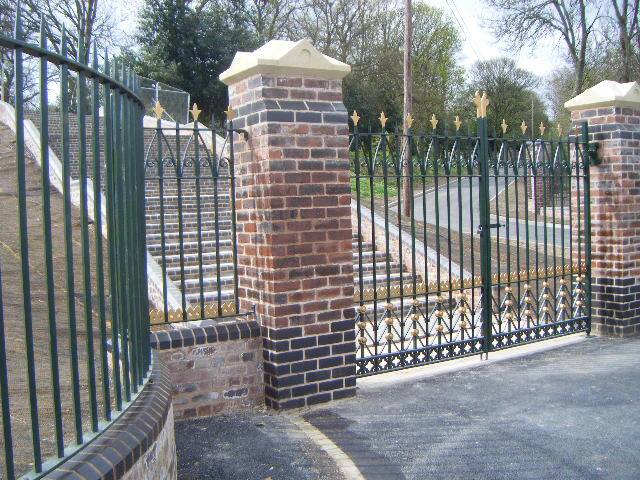Construction has long had an obsession with Aluminium as a material. Ever since its iconic use on the Empire State Building back in the 1930’s its characteristics have been revered.
Characteristics of Aluminium
Aluminium is widely used in the Building and Construction Industries because of its intrinsic properties of lightness and corrosion resistance. Aluminum is used in external facades, roofs and walls, in windows and doors, in staircases, railings, shelves, and other several applications.
-
Corrosion Resistance
Aluminium ability to resist corrosion comes through Passivation which refers to a material becoming “passive,” that is, less affected or corroded by the environment of future use. Passivation involves creation of an outer layer of shield material that is applied as a microcoating, created by chemical reaction with the base material, or allowed to build from spontaneous oxidation in the air.
-
Weight
Aluminium is very lightweight. It weighs in at a third of the weight of steel or copper. Although not as strong or stiff as steel, the low density makes up for this in applications where lightweight and relatively high strength are crucial./li>
-
Recyclability
It is estimated that 75% of the aluminium ever produced is still in use today. Aluminium has been recycled since the metal first began to be used commercially.
-
Abundance
In the Earth’s crust, aluminium is the most abundant metallic element and the third most abundant of all elements.
-
Malleable
Aluminium is malleable allowing it to be easily drawn and extruded. In most applications various aluminium alloys are used instead of Pure aluminium as it is quite soft and lacking in strength.
Stellar Aluminium have produced this wonderful Infographic showing the characteristics of Aluminium and its History up until the present day.






